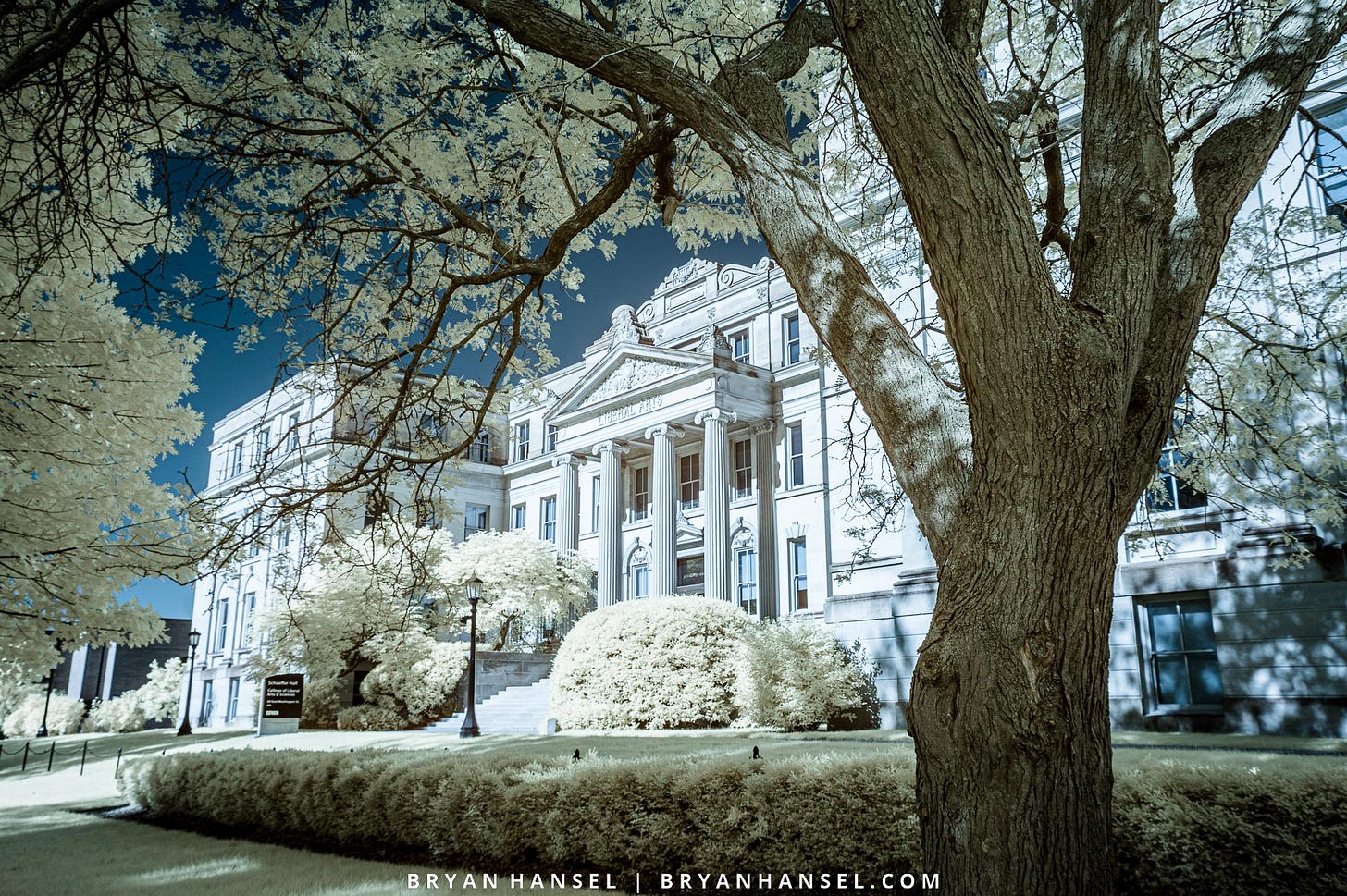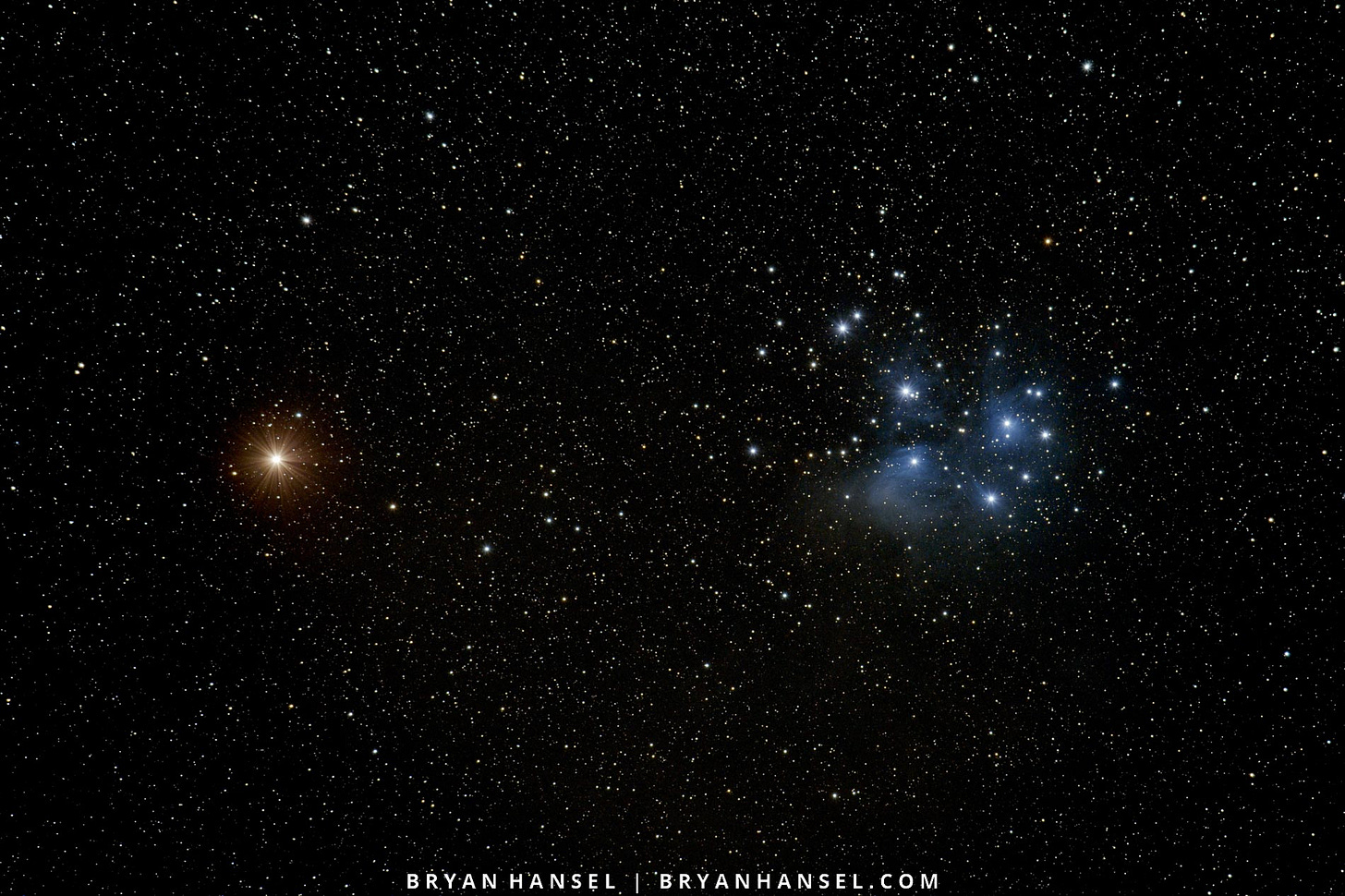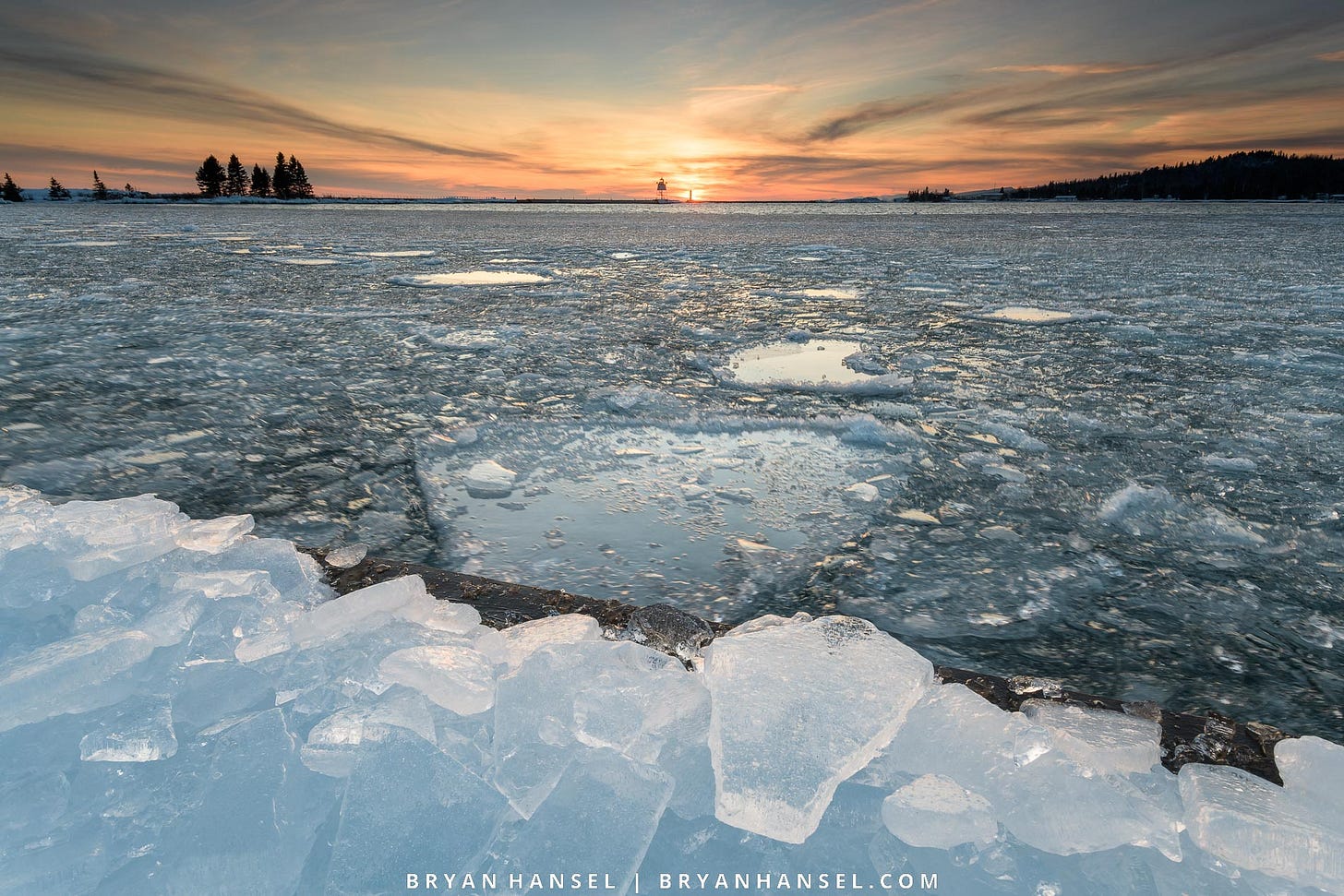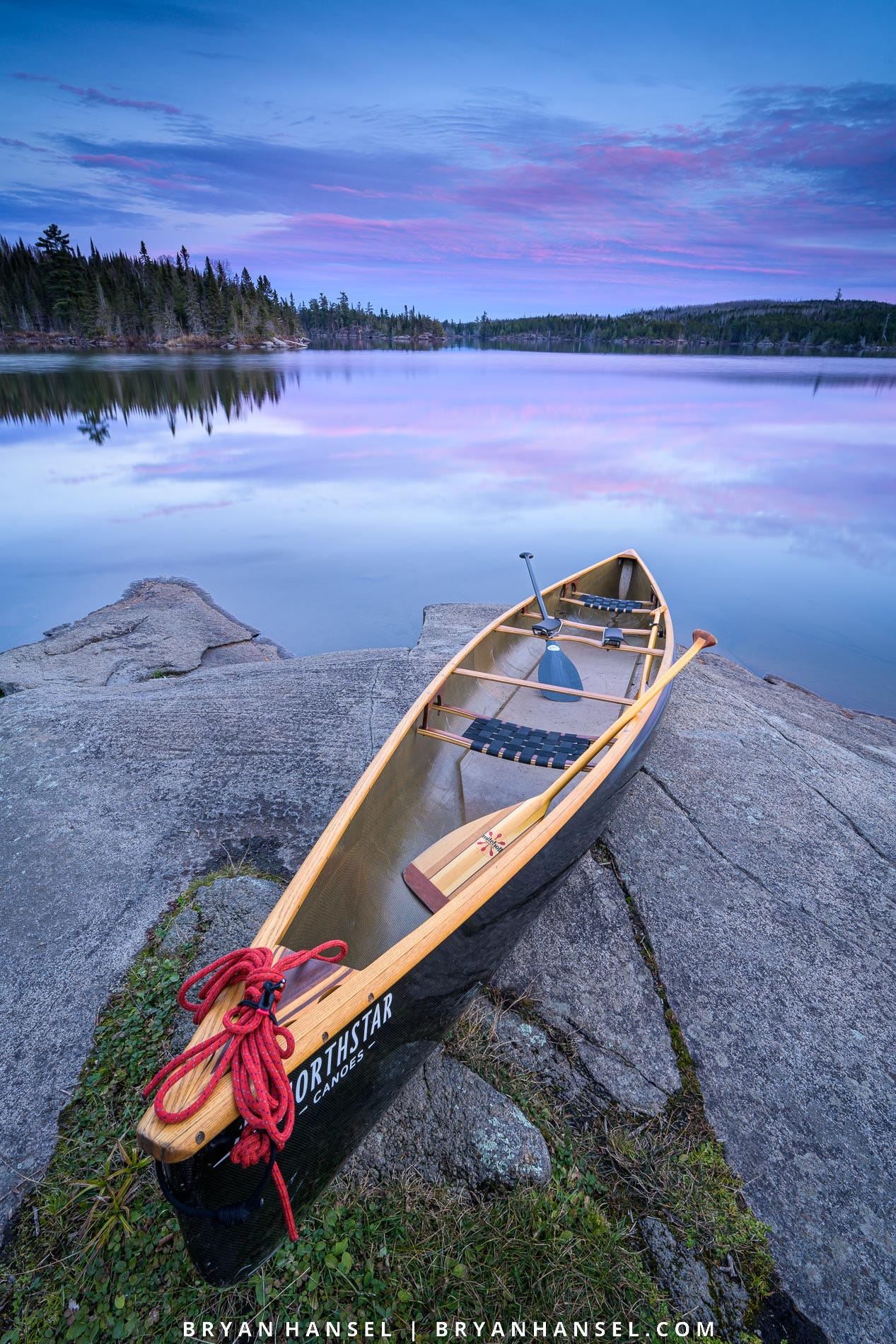For this week’s newsletter, I want to announce a workshop that I just opened for registration and my new eBook. I also want to write about something that caused a little controversy on one of my recent social media posts. I’ll reproduce, in edited form two recent essays that I wrote on social media.
To start, I just opened registration on my November Online Lightroom Class. With the shameless self promo over, except for the new eBook, which is at the end of this newsletter, lets move onto the main essay.
After the last newsletter, I posted a version of the above photo on social media. The version that I posted had an orange registration sticker on the canoe. I digitally removed the registration sticker. I did it for aesthetic reasons, but it did have my registration number on it. I’m not sure if there’s any risk involved in that.
Anyway, I wrote an unedited version of the following essay when I posted the edited photo without the sticker. I wanted to include this in the newsletter as a place that’s more formal for my thoughts on this subject.
The Canoe Sticker Shock
I posted this an unedited version of this shot yesterday. Today, I got back into my office to remove the registration sticker. I think it's ugly, so I removed it. This is art, and I don't have a problem with people achieving their vision when it comes to art.
A few people suggested that I keep the sticker, because it is reality. If that's how you feel, that's what you should do with your photos. I don't feel that way, because I don't believe that photography captures reality. It creates an illusion of realism based on reality, but that illusion is modified from reality significantly.
Everything that the photographer does from lens selection to what they choose to exclude or include in their compositions creates that illusion. When the photographer changes the shutter speed, they changes what motion looks like in the photo. Through the choice of aperture, the photographer can blur parts of a photo and keep others sharp or they can choose to make everything look in focus.
The medium of photography itself makes this illusion. Photography is a two dimensional art whereas we experience the world in four dimensions. Right there tells you that photography can’t be real.
It isn’t confined to just the photographer, today’s modern digital cameras attempt to correct for lens distortions that in the past appeared in photos. On some cameras, you'll never know because they perform that correction before they show you the image in the electronic viewfinder or on the LCD screen. One might ask, is the correction reality or is the distortion reality?
Then there are cell phones. Many cell phone now incorporate artificial intelligence right into their cameras, so the picture you see on those phones has already been edited by AI. What comes straight out of the camera isn’t really unedited or unchanged. My Pixel 6 does this and many others do that as well. You'd never know if you don't know, but I'd guess that you have your cell phone set to do this automatically. It's almost always the default setting.
This isn't new. It was the same with film. The type of film you picked in the old days modified reality. I shot Velvia and that was way more saturated than reality and had such a limited contrast range. It didn't look at all like what you'd see with your eyes, but it was striking and awesome. All color films had their own looks that didn't look anything like reality.
Back in the 1800s when photography got its start, it was in black and white (or toned or even hand colored with watercolors). For most people, "reality" is in color even though you can't see all the color in "reality." When looking back at old photos, you think that they are reality. Where’s the color if they are? Not to mention that your eyes don’t actually see reality. Your eyes only see a limited amount of the color spectrum, but a camera sees more -- a whole lot more. Manufacturers of digital camera put a filter in front of the sensor to prevent the sensor from capturing most the colors your eyes can’t see.

Photography has always been and will always be the act of creating an illusion based on reality. There have been rules applied to the art form on how far you can take that illusion, but all those rules are arbitrary based on someone's ideas of what the art of photography should be. Photography isn't any of those things. It's only what the photographer claims it to be within the parameters of illusion.
All that said, if it was for a magazine I wouldn't remove the registration sticker because that's what they want.
As another example: If I miss a piece of litter that someone left on the ground and it ends up in my photos -- if I see litter, I pick it up and carry it out -- I'm going to remove that from my photos, too. Because that's just how I do things.

When creating fine art, which is how I approach much of my work, I don't have any issues with removing small annoying objects, such as registration stickers, a stray piece of grass or sticks, etc... I don't care to add items. It's not something that I enjoy or do, but if someone else does that to create their art, then good for them. I admire it. I'm also going to dodge and burn and adjust the color, density, in a similar way to how Ansel Adam did it in the darkroom. I'll make local adjustments to emphasize flow according to my ideas of what makes a good photo. If you don't, that's cool, too. You do you, and I'll do me. All approaches are fine. If someone else's approach gets you angry, then maybe you should turn your gaze inward to figure out why you get angry. Life is too short to get angry over someone else's art.
In my humble opinion, the camera industry has misled consumers for over a 100 years by saying that the camera captures reality. It can't. It never could. It can only create an illusion of reality. Other photographers have said that photography is humanity's greatest illusion. One might think that it's video that creates a better illusion, but most people understand that TV isn't real. They don’t believe the same about photography. The camera industry has excelled at marketing, but a 100 year-old falsity is still a falsity.

People See Your Photos the Way They See Your Photos
In my canoe sticker essay, I wrote about my artistic approach to photography and my views on photography. Basically, photography is creating an illusion based on reality, but that it can't ever be real. It can only deliver realism. Lots of loaded terms in what I wrote, especially if you don't have an art or art history background. You can agree with me or not—it doesn't matter to me because I'm going to do art my way and you should do it your way.
One aspect of photography that I didn't write about is that the created illusion is influenced by what the viewer brings to your work. They will bring their knowledge and past experiences to the photo and that is what they will likely read into it.
This was illustrated to me today when looking at a photographer's work that showed large ice chunks floating on Lake Superior in the Grand Marais area. Many comments under the post said stuff like, "It's good to see the ice breaking up," and "Does Lake Superior ice ever break up this early?" Other similar comments were expressed. They were made in response to a photo, but the photo never showed that Lake Superior hasn't frozen this year. The photo was in the Grand Marais harbor, and even that confined space hasn't frozen over often this year. It was mostly covered a few times, but the waves, wind and warmth broke up and melted the ice.

To those viewers, they only saw the reality that they brought to the photo—that the big lake was thawing. The reality was it never froze. The photo without an additional context could be read in many different ways. It could create different illusions based on what the viewer was thinking or what the viewer knew when they saw it.
As artists photographers should understand that no matter how controlled your photos are, no matter how controlled your composition is, no matter how much you exclude from the scene to make your point, no matter the perfect lighting, no matter the emotion you experienced and wanted to portray, the viewer always brings themselves to the work. They will see what they see because of that, and that might not be what you wanted and it certainly won't be reality.
But, as with all art, that's the beauty. People can see themselves in it and relate to it even if it wasn't the way the artist intended.
Favorite Photos From 2022
Favorite Photos from 2022 is an eBook that includes my favorite photo from each month of 2022. A short article accompanies each photo. In the article, I’ll give the story of how the photo was created. Stories sometimes include shooting and processing tips that I used to make the photo. On the months that were difficult to pick a favorite, I include runner-up photos.
The eBook is available for purchase here: https://www.bryanhansel.com/shop/favorite-photos-from-2022/
All my eBooks are free bonuses of membership for my Facebook Subscribers. You can become a Facebook Subscriber for $5 a month and receive free eBooks, exclusive content, such as editing videos, notifications about new workshops, and an early signup period for new workshops before they open to the public. Become a Subscriber here: https://facebook.com/becomesupp.../Bryan.Hansel.Photography/
Until next time
I hope you enjoyed both of these essays and the photos. If you decide to purchase my eBook, I appreciate the purchase. Please, let me know what you think of these essays. I’ll see you again in two weeks.





Fantastic photos. You don't need to mess yourself about : "It creates an illusion of realism based on reality, but that illusion is modified from reality significantly". Photos are photos, just it
Well said and good to remember the history. I couldn't agree more. Especially when we go out to capture the night sky. Where we're showing a selection of what's there but that can never be seen by the "naked eye". Cheers!